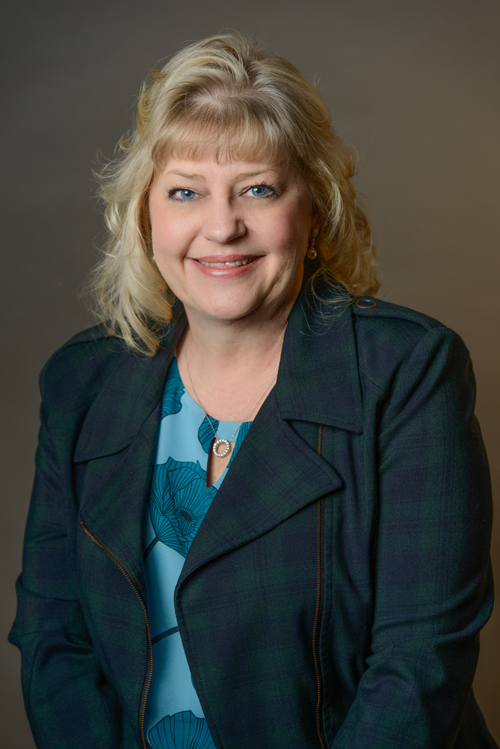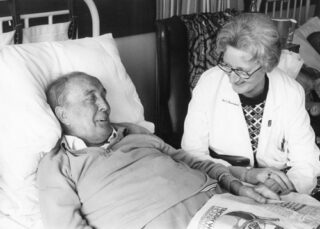
Prince George's County
9500 Medical Center Drive
Suite #250
Largo, MD 20774
Anne Arundel County
90 Ritchie Highway
Suites A & B
Pasadena, MD 21122
Charles County
2505 Davis Road
Waldorf, MD 20603
Burnett Center for Hope & Healing
P.O. Box 838
4559 Sixes Road
Prince Frederick, MD 20678

More Hospice & Palliative Care Articles
How Love Led The Modern Hospice Movement

A bad back and the love for David Tasma may well be the reasons behind how contemporary medicine cares for people at their end of life.
In 1944, a chronic back problem forced a young nurse to change her career. She returned to Oxford University to become a lady almoner in 1947, now known as a social worker.
That year, she met and fell in love with David Tasma, a patient at Archway Hospital with only a few weeks to live. King’s College archivist Chris Olvey wrote, “It was this experience, where the idea of developing a dedicated home for the dying first germinated and which she discussed with David. He left her £500, and the prophecy, ‘I’ll be a window in your home’.”
From this point, everything she did was to promote the dignified and compassionate care of dying patients. She studied to become a doctor, researched pain management, published six articles on caring for the dying in one year and opened St. Christopher’s Hospice in 1967, the home she and Tasma envisioned in his final days.
In the mid-1960s, Saunders spent time with clinical researchers at American universities, sharing her work while learning from theirs. As David Clark wrote in Oxford University Press, “…it was the opportunity America afforded for access to a range of disciplines and perspectives that was so important to Saunders as she, in her own words, picked up ideas like a sponge.” Her work influenced the hospice movement in the United States, and certainly Florence Wald, who opened The Connecticut Hospice, the nation’s first, in 1974.
Dame Cicely Saunders was knighted for her tireless dedication in 1979. She died in 2005 at St. Christopher’s, where there is indeed a window dedicated to David Tasma.
Her story is important to tell when talking about end-of-life care. Not so much because she is the founder of the modern hospice movement, but more so why she forged each step of that movement. Saunders humanized death. Her writings and research ignored the taboo of talking about dying. Her deep connections with patients led to her tireless campaign to make hospice care compassionate, holistic and, most importantly, patient-centered.
We honor Saunders’s passionate work every November when we commemorate National Hospice and Palliative Care Month. She is a window in all that a hospice care team does to make every moment count. Learn more at www.caringinfo.org.
Other Articles You May Find of Interest...
- How Hospice Social Workers Make Everyday Moments That Matter
- Volunteers Are Vital Members Of The Hospice Clinical Team
- Courageous Conversations Are a Gift to Those You Love
- Improving Access For Blacks To Hospice and Supportive Care
- What Our Chief Medical Officer Wants You To Know About Hospice
- Spiritual Care: What To Expect When The Hospice Chaplain Visits
- How Love Led The Modern Hospice Movement

















